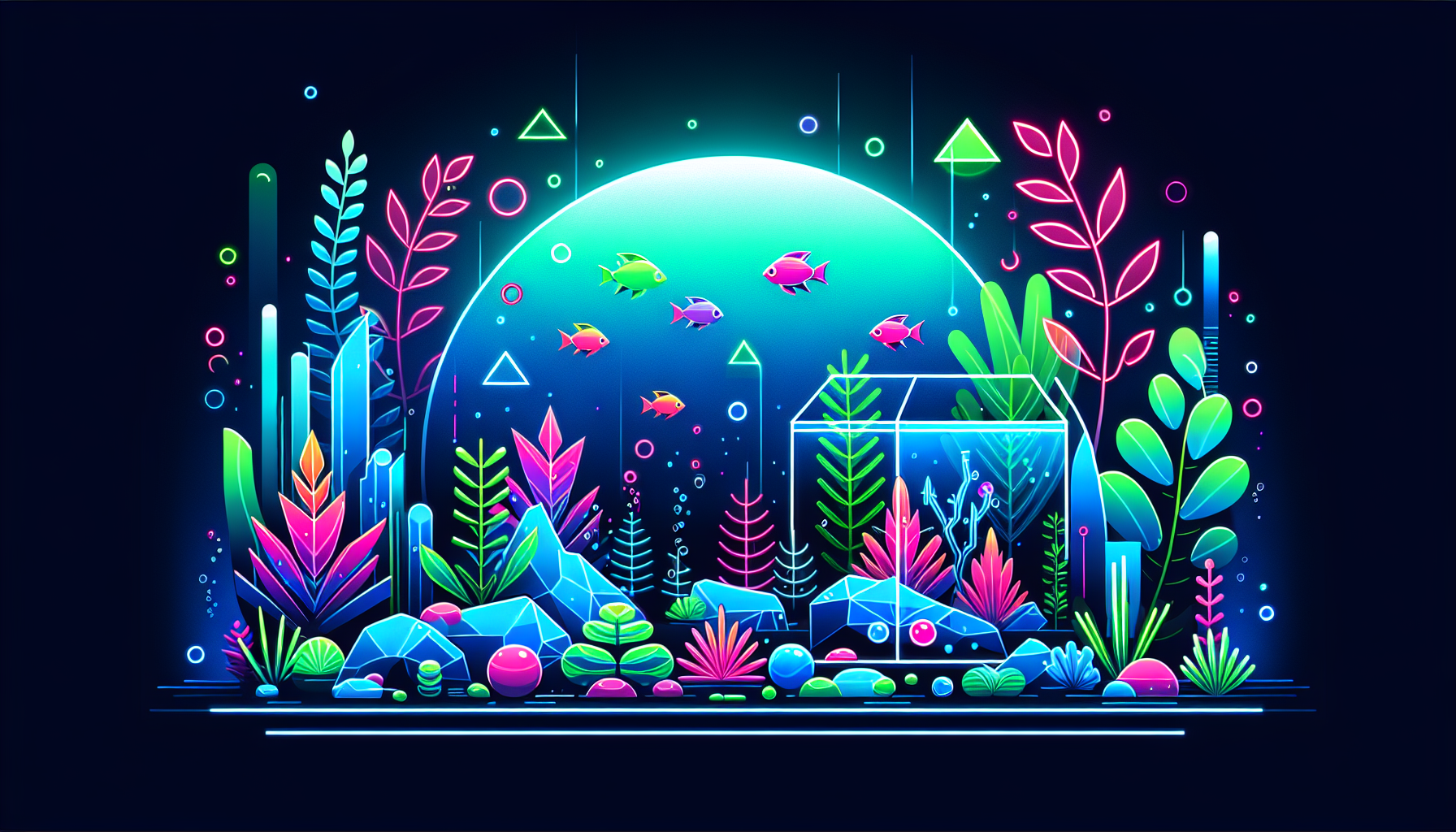The Ultimate Beginner’s Guide to Aquascaping: Start Your Underwater Garden Today
Imagine transforming a simple aquarium into a stunning underwater landscape. That’s the magic of aquascaping—the artful arrangement of aquatic plants, stones, driftwood, and substrate to create living works of art. Whether you’re new to the hobby or eager to improve your skills, this comprehensive guide will help you get started, avoid common mistakes, and enjoy a thriving aquascape. Let’s dive in!
What Is Aquascaping?
Aquascaping is more than just decorating an aquarium—it’s about designing a balanced ecosystem that’s visually appealing and healthy for fish and plants. Popular aquascaping styles include:
- Nature Aquarium: Inspired by natural landscapes, using plants, rocks, and wood.
- Iwagumi: Minimalist layouts emphasizing rock arrangements.
- Dutch Style: Lush arrangements showcasing a variety of plant species and colors.
Learn more about these aquascaping styles and approaches to help you find the right look for your aquarium.
Essential Equipment for Aquascaping
Setting up your first aquascape doesn’t require fancy gear, but certain essentials will make your journey smoother:
- Aquarium Tank: Start with a size between 10-20 gallons for easy maintenance.
- Lighting: LED or fluorescent lights designed for aquatic plants.
- Filtration System: Keeps water clean and clear.
- CO2 System: Optional for demanding plant species, but helpful for lush growth.
- Substrate: Nutrient-rich aqua soil or gravel supports healthy plant roots.
- Aquascaping Tools: Scissors, tweezers, and spatulas for precise layout adjustments.
Need help choosing equipment? Check our guide on essential aquascaping gear for beginners.
Choosing Plants and Livestock
Best Aquarium Plants for Beginners
- Java Fern (Microsorum pteropus): Hardy and low-maintenance.
- Anubias: Grows well in low light and can be attached to rocks or driftwood.
- Cryptocoryne: Comes in various sizes and colors, tolerates wide conditions.
- Amazon Sword: Great background plant with broad leaves.
- Mosses (Java Moss, Christmas Moss): Excellent for creating texture.
Choosing Fish and Invertebrates
- Neon Tetras, Harlequin Rasboras: Small, peaceful schooling fish.
- Dwarf Shrimp (Cherry, Amano): Helpful algae eaters that add color and activity.
- Otocinclus Catfish, Nerite Snails: Great for keeping algae in check.
Select species compatible with your tank size and aquascape style. For more details, read our beginner aquarium plant guide.
Step-by-Step: Setting Up Your First Aquascape
1. Plan Your Design
Sketch your desired layout or gather inspiration from online galleries. Decide on your focal point, hardscape placement, and plant zones.
2. Prepare the Substrate and Hardscape
Add substrate in sloping layers to create depth. Arrange rocks and driftwood strategically to guide the viewer’s eye.
3. Planting
Using aquascaping tweezers, plant background species first, then mid-ground, and finish with carpeting plants and mosses. Mist plants with water as you go.
4. Fill the Aquarium
Gently fill the tank with dechlorinated water to avoid disturbing the layout. Place a plate or plastic bag over the substrate to diffuse the flow.
5. Start Equipment
Turn on your filter and lighting system. If using CO2, set it up following manufacturer instructions.
6. Begin the Cycling Process
Allow the aquarium to cycle—this builds up beneficial bacteria necessary for a healthy ecosystem. Read our tips on aquarium cycling for success.
7. Introduce Fish and Shrimp
Once the cycle is complete, add livestock gradually to prevent overloading the system.
Basic Maintenance Tips for a Thriving Aquascape
- Regular Water Changes: Replace 20-30% of water weekly to maintain optimal conditions.
- Prune Plants: Trim overgrown stems and remove dying leaves for healthy growth.
- Monitor Parameters: Test water for ammonia, nitrite, nitrate, and pH levels.
- Control Algae: Reduce lighting if algae appears, add algae eaters, or spot-treat with recommended solutions.
For troubleshooting common issues, see our aquascaping troubleshooting guide.
Frequently Asked Questions
Is aquascaping expensive?
Aquascaping can be as budget-friendly or as extravagant as you make it. Start small and upgrade as you gain experience.
Do I need CO2?
Most beginner plants thrive without CO2, but adding it can enhance plant growth and color.
How much time does it take?
Expect to spend 1-2 hours a week on maintenance, including water changes and pruning.
Conclusion: Start Your Aquascaping Journey
Aquascaping offers endless creative possibilities and a rewarding way to connect with nature right in your home. By following this beginner’s guide, you’ll be well-equipped to design, plant, and maintain your own underwater work of art. For more tips, inspiration, and advanced techniques, explore other resources at Aquascaping Academy.
Ready to create your own aquascape? Subscribe to our newsletter for weekly aquascaping tips, how-to guides, and the latest trends delivered straight to your inbox!



